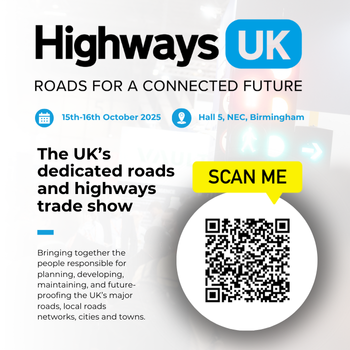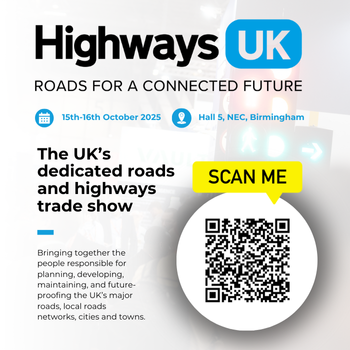The forecast drop in economic growth to three and a half per cent during 2009 was a big blow to businesses. However, it seems there is light at the end of the tunnel; deals are being done, the economy is forecast to grow one and a quarter per cent in 2010 and spending on public services is expected to grow by an average of 0.7 per cent for 2011-12. The green shoots are starting to show.
So while tendering for government and public sector business can cost companies thousands upon thousands of pounds, clearly getting a tender submission right is top priority.
For the organisation setting the tender, receiving a relevant and informative response is paramount but dependent on having the time to issue a well constructed brief. Having to answer multiple questions, asked at different times by different bidders is time consuming enough but then sifting through and comparing the tender responses accurately and evaluating them fairly can be complex and involved.
-As soon as a tender document comes in it needs to be actioned straight away, says Terence McGuire, Bid Team Manager, from commercial property company Colliers CRE. -It’s not uncommon to have a short amount of time until the submission deadline, and the longer time is taken to decide whether bidding for the job would be worthwhile, the less you have to create a compelling submission that will stand out.
Organisations issuing and responding to tenders acknowledge that providing relevant information from the outset is key to getting a good response, yet a common complaint for both parties is the quality of information provided. When sections have been cut and pasted from previous briefs and submissions, it may save time in the short term, but in the long term it will cause more work as clarity will be required on unclear points.
Assessing a tender opportunity is particularly time consuming in multi-discipline pitches. Circulating the request to individuals in other departments, who then undertake manual scoring, is a lengthy process that requires accuracy and consistency. It’s difficult to ensure individuals are accessing the brief according to the same criteria when they are only looking at specific parts of the document at varying times and from differing perspectives.
It’s also easy to miss things when there are other demands to fulfill and you are expected to pick through a document running to hundreds of pages. Terry continues: -Being part of any new business exercise, which would be a coup for the company if won, can become onerous and demanding instead of being part of something which you can be proud to be involved with when time is of the essence.
However, while tendering for Government and Public-sector organisations can be a long and laborious exercise, there is no doubt that securing work in this field is very valuable to suppliers. Once won, most become long term, steady customers that can be relied on to pay on time and inline with agreed payment terms. Sadly this level of security isn’t always a common feature among clients outside the sector.
So how can you dissect a tender document in a quick, efficient and consistent way that leaves you in no doubt as to whether bidding for the work is a good idea?
Mind mapping can ease both the processes of drafting the tender submission and evaluating the proposals received. It is a practice that has been used for decades by people in sectors ranging from education to business to help clarify and organise information.
Using mind-mapping software takes this principle to the next level. You can break down complex information into component parts which can then be categorised and compared against organisational priorities, skill sets, experience, forecast costs and any other factors you feel should be taken into account when assessing viability. For example information could be sorted into categories such as low-effort high-return and high-effort high-risk.
Critical to the success of the tender is being able to pull prepared data, market research, analysis and evaluations together in a timely manner and any type of document such as text document, picture, spreadsheet, hyperlink, slide etc. can also be attached to a mind map. Holding all this information in one place makes it easy and convenient to reference information and attach further data such as annexes, biographies, case studies, sample work, web pages or financial overviews.
When starting the tendering process a lot of content is created and is hard to prioritise when you simply save it in different text documents. Using business maps enables the team to display content in a very structured way and to complete tasks faster.
In terms of receiving tender submissions, content compiled the traditional way cannot easily provide the context needed to formulate conclusions or explain why and how suggestions were made. Visualising the thought trail in a map makes it easier to pick up on the nuances of the tendering process. It simplifies very complex deals, enabling your customer to conduct the due diligence more easily, quickly and accurately.
However, if specifying tender responses in a mind-map seems a step too far, documents accepted in Word can be easily converted into a map and vice versa. Information can then be prioritised according to budget, skills set and other relevant categories, allowing issuers of the tender notice to quickly and easily identify the most appropriate company for the job or shortlist.
It is becoming increasingly clear that time is a valuable currency and to leverage this precious resource, efficient working practices need to be established. This includes being able to keep track of projects, finding information faster and empowering teams to collaborate better. Mind mapping software provides an easy to use blank canvas on which to place all the elements and relevant disparate information of the tender in one place, enabling you to visualise the project as a whole and build out from that point.
Taking a clear and concise approach will minimise the risk of coming in second in the tendering process. While it’s not a guarantee, mind-mapping software could give you the edge and it’s an approach that bid managers should consider using.







Recent Comments